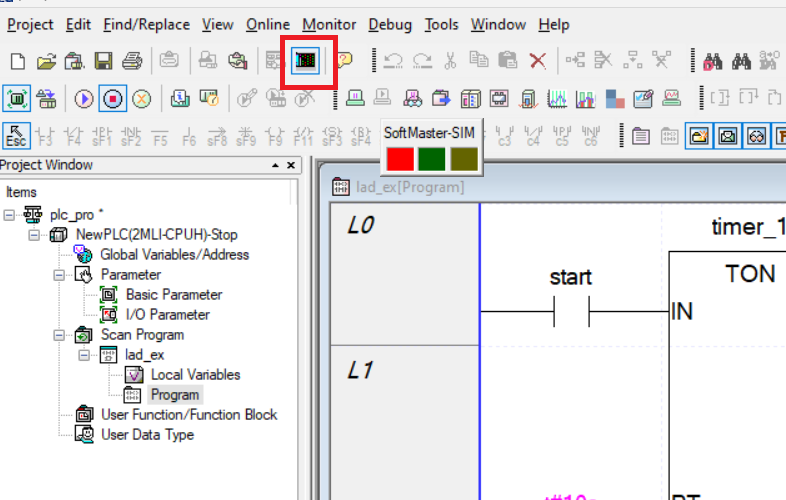Share on Facebook
Share On Twitter
Share on LinkedIn
Share on Whatsapp

Timers and counters are output instructions that let you control operations based on time or number of events.Choose From These Timer and Counter Instructions.
TON [Timer On-Delay]
Addressing Help:
simple example of timer
RsLogix 500 Timer

Timers and counters are output instructions that let you control operations based on time or number of events.Choose From These Timer and Counter Instructions.
- TON - Delay turning on an output
- TOF - Delay turning off an output
- RTO - Time an event retentively
- RES - Reset accumulated value and status bits of a timer.(Not used with TOF timers)

- Accumulated Value (ACC) - For a timer, this is the number of timebase intervals the instruction has counted.
- Preset Value (PRE) - The preset value is the set point that you enter in the timer instruction. When the accumulated value(ACC) becomes equal to or greater than the preset value, the done status bit is set. You can use this bit to control an output device.
- Timebase - The timebase determines the duration of each timebase interval
- the enable bit (EN) of a timer is an easy way to repeat its complex conditional logic at another rung in your ladder program.
Remember that the amount of time that you can time-out on a timer is limited by the total value that a preset address (16 bits) can hold (32767). If the time base is 0.01 seconds, this limits the preset time to 0.01 x 32767 = 327 seconds.

 example 2
example 2  + use move instrunction to set timer preset value while your plc runing.you can also compare timer value by using any of the compare instunction.
+ use move instrunction to set timer preset value while your plc runing.you can also compare timer value by using any of the compare instunction.  + use of all timer bit , timer enable bit is set to 1 while your timer was enable (EN), timer done (DN) bit set to 1 when preset value is equal to acumalated value. timer TT bit set to 1 while your timer was running.
+ use of all timer bit , timer enable bit is set to 1 while your timer was enable (EN), timer done (DN) bit set to 1 when preset value is equal to acumalated value. timer TT bit set to 1 while your timer was running. + in this example timer running continusly after complete preset value. timer running bit is depend on timer done bit.
+ in this example timer running continusly after complete preset value. timer running bit is depend on timer done bit.


 Instruction Tutorials.jpg)




